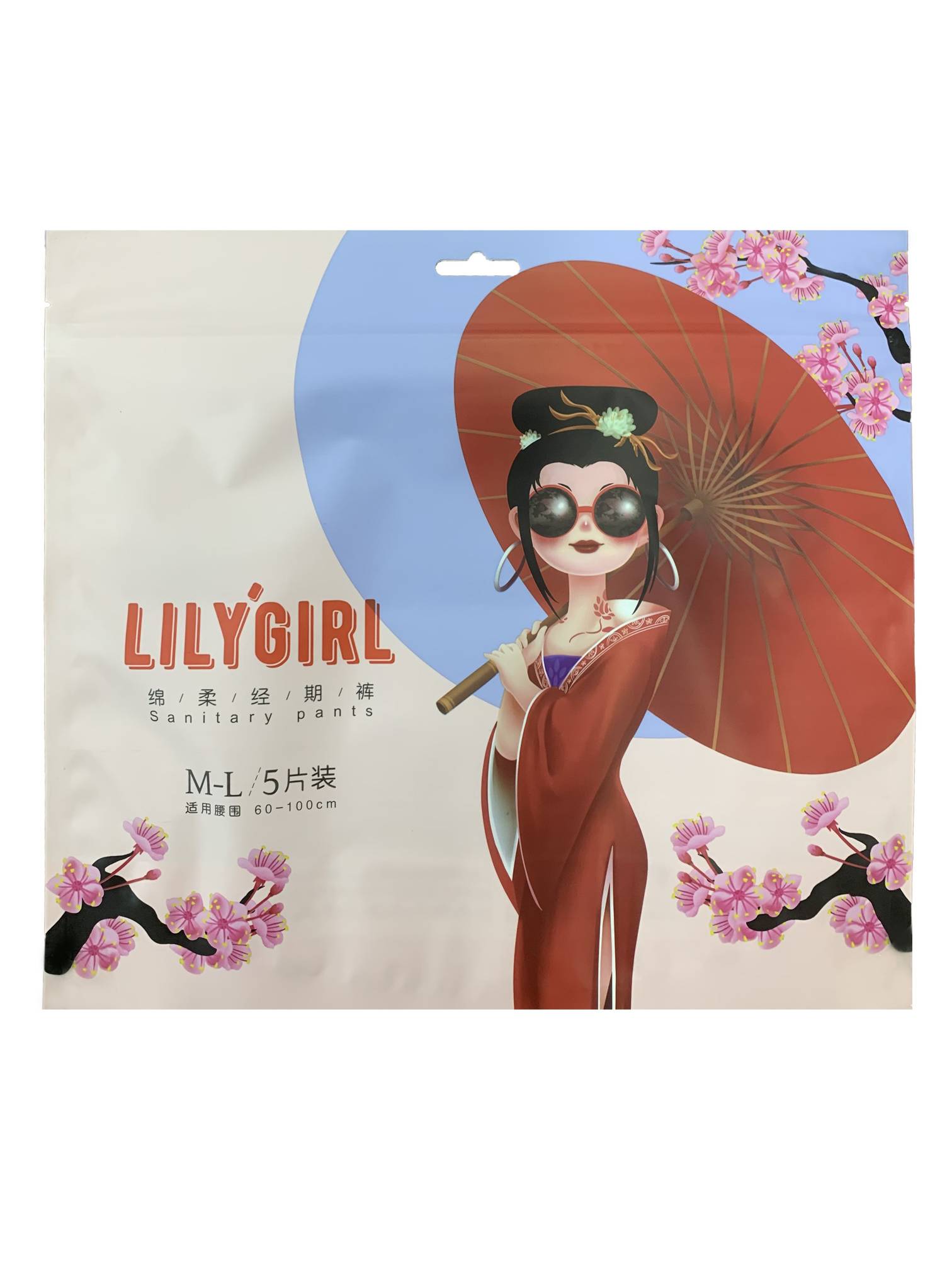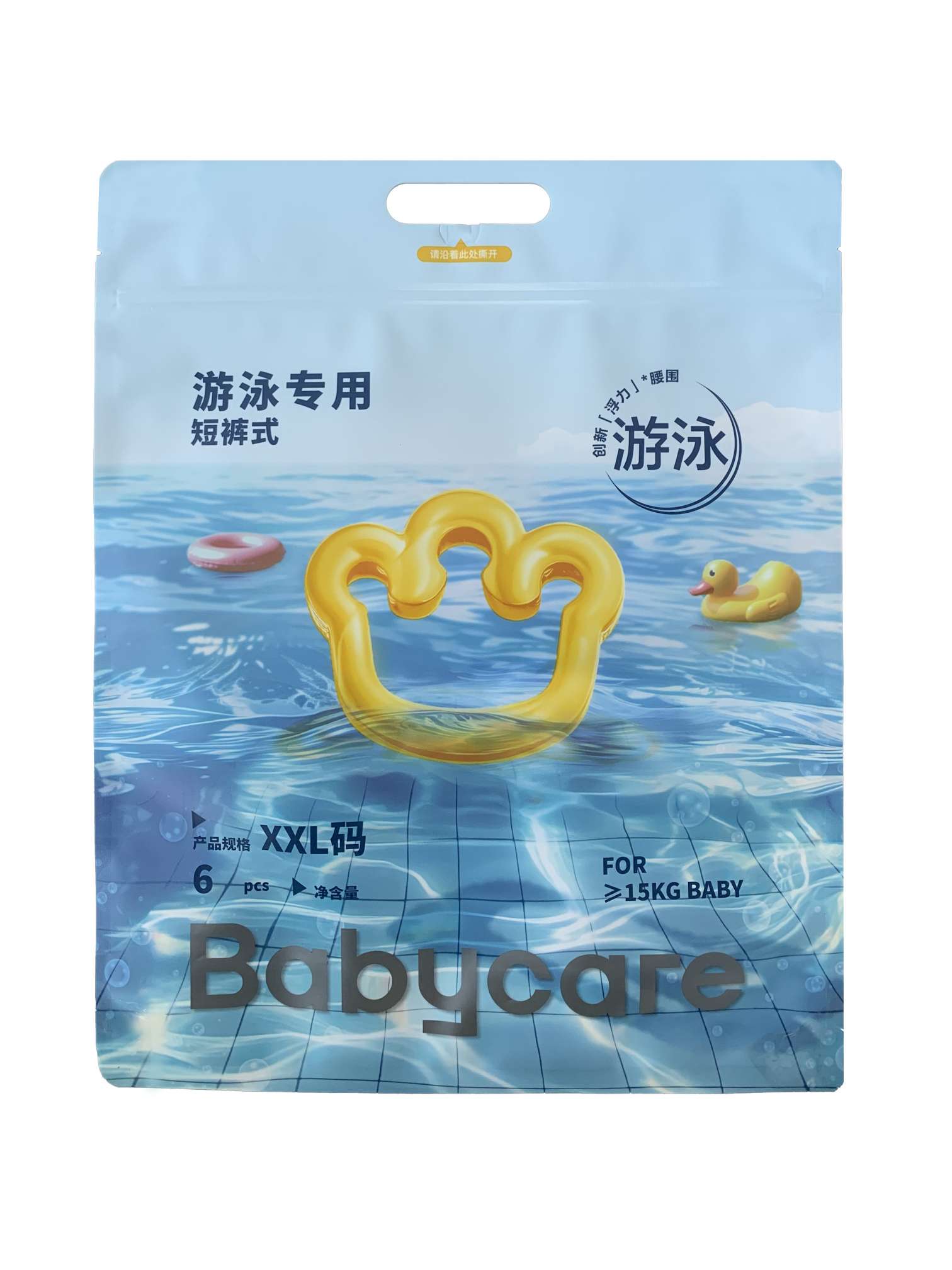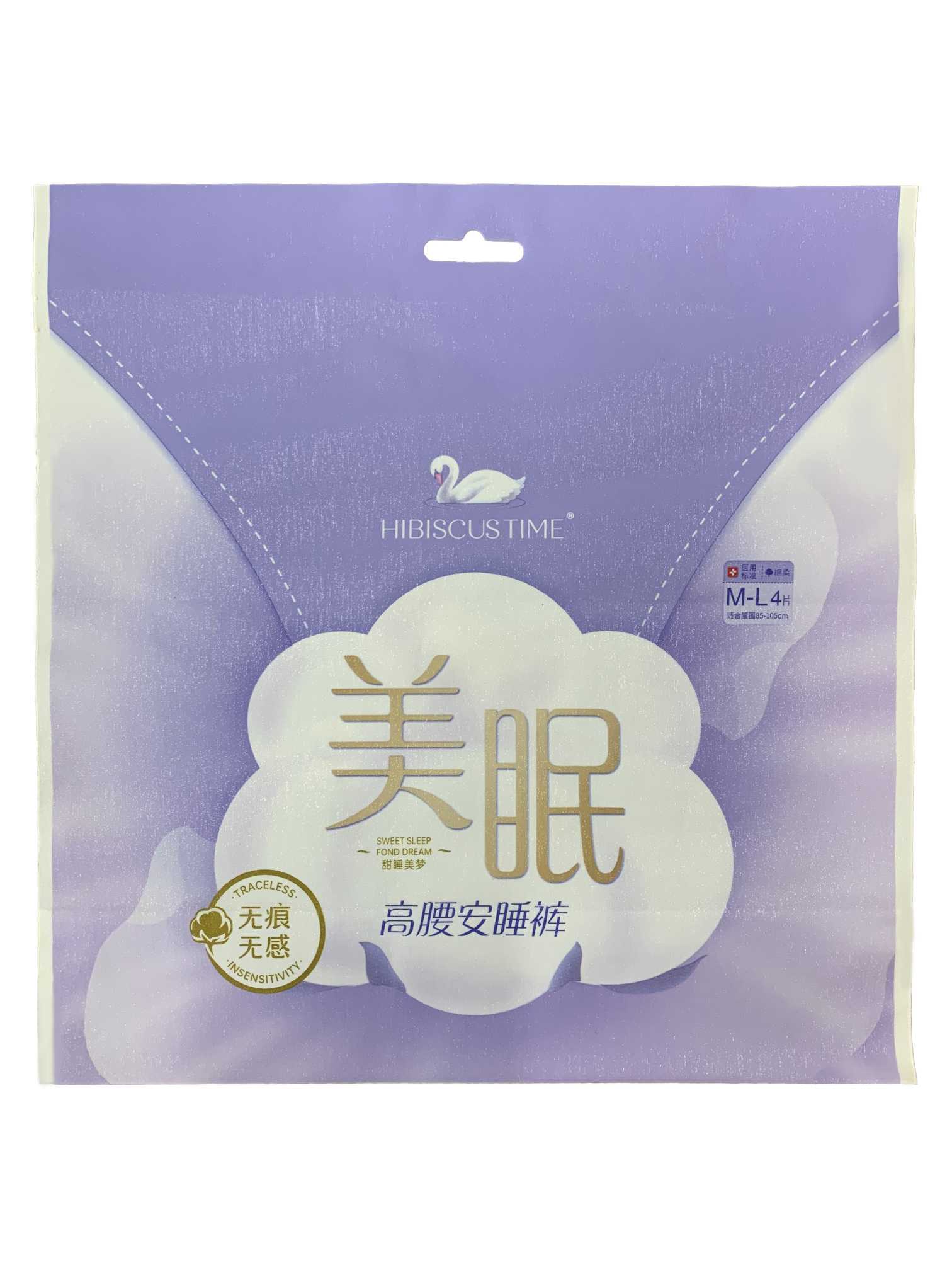Author:Tansox Packaging Poly Bags Manufacturer TIME:2025-04-25
Custom printed resealable plastic bags are a popular choice for packaging products in many industries. They offer not only a functional design but also the opportunity for branding and personalization. These bags come with a resealable feature that allows customers to open and close them repeatedly, preserving the freshness of the contents and ensuring they are secure. Sealing these bags properly is essential for maintaining their integrity and preventing leakage or damage. In this article, we will explore various methods of sealing custom printed resealable plastic bags to ensure they provide long-lasting durability and convenience for both businesses and consumers.
When you invest in custom printed resealable plastic bags, it is crucial to ensure that they are sealed correctly. Improper sealing can lead to several issues such as product spoilage, tampering, or damage. For items such as food, cosmetics, and pharmaceuticals, a well-sealed bag can extend shelf life, maintain product quality, and prevent contamination. Additionally, a secure seal is essential for ensuring that the resealable feature continues to work effectively. Whether you're using the bags for retail, storage, or distribution, understanding how to seal them properly is the first step in achieving a reliable packaging solution.
There are several ways to seal custom printed resealable plastic bags, each depending on the type of bag, the materials used, and the packaging requirements. Below are the most common sealing methods:

Heat sealing is the most commonly used method for sealing custom printed resealable plastic bags. This method involves using heat to melt the edges of the plastic, allowing them to bond together. Heat sealers come in various sizes and types, from manual hand sealers to automatic machines. To seal a bag using this method, the two open edges of the bag are placed between heated plates, which apply pressure and heat to the plastic. Once the plastic reaches the right temperature, it fuses together, creating a strong, airtight seal.
Heat sealing is particularly effective for materials like polyethylene (PE), polypropylene (PP), and other plastic films. It is fast, efficient, and creates a reliable seal that prevents leakage and contamination. However, it is important to ensure that the correct temperature and pressure are used for the specific type of plastic to avoid damaging the bag or leaving an insufficient seal.

Pressure sealing is another common method for sealing custom printed resealable plastic bags. This process involves applying pressure to the edges of the bag, forcing the materials to bond together without the use of heat. Pressure sealing is often used in applications where heat might damage the contents of the bag or the bag material itself.
For this method, a specialized pressure sealer is used, which applies consistent pressure along the edges of the bag. This ensures that the two layers of plastic are tightly bonded. The advantage of pressure sealing is that it avoids the risk of heat degradation, making it ideal for sensitive products. However, the seal created by pressure sealing may not be as strong as a heat-sealed one, depending on the type of plastic used and the amount of pressure applied.
Adhesive sealing involves the use of a special adhesive that bonds the edges of the resealable plastic bag together. This method is often used for bags that are designed to be resealed multiple times, such as those with a zipper or slide closure. The adhesive is applied to one side of the bag's opening, and when the bag is pressed closed, the adhesive bonds the two sides together. Over time, this adhesive can weaken, but it is a simple and effective solution for products that don't require a permanent seal.
Adhesive sealing is a great option for custom printed resealable bags used for retail or packaging, especially for lightweight products. It is important to choose a high-quality adhesive that is safe for the contents of the bag and can withstand environmental factors such as temperature changes or humidity.
Many custom printed resealable plastic bags come equipped with a zipper closure, which offers convenience and reusability. A zipper closure typically involves two interlocking strips that create a secure seal when pressed together. These zippers are usually made from plastic or silicone and are designed to withstand repeated use without losing their effectiveness.
Using a zipper closure eliminates the need for additional sealing methods, as the bag is sealed by the interlocking mechanism itself. Zipper closures are particularly popular for food packaging, especially for items that need to be accessed multiple times. They provide an easy-to-use solution for consumers and are highly effective in maintaining product freshness. However, it is essential to ensure that the zipper is properly aligned and sealed during manufacturing to ensure its functionality.
While not technically a sealing method, tear notches are often used in conjunction with resealable plastic bags to provide a way to open the bag easily. These notches are small, pre-cut areas on the bag that allow consumers to tear open the packaging without using scissors or other tools. After the bag is torn open, the resealable feature, such as a zipper or adhesive, can be used to close it again.
Tear notches are typically found in combination with other sealing methods and are particularly useful for products that need to be accessed quickly. They ensure that customers can open the bag without damaging the resealable feature, helping to maintain the integrity of the bag. For custom printed resealable plastic bags, tear notches can also be positioned in a way that complements the design and branding on the bag.

To ensure that your custom printed resealable plastic bags are sealed effectively, there are several best practices that you should follow:
Sealing custom printed resealable plastic bags is a critical step in ensuring that your products are packaged securely and effectively. Whether you choose heat sealing, pressure sealing, adhesive sealing, or a zipper closure, it is important to select the right method for your specific needs. By following best practices and ensuring proper sealing techniques, you can extend the shelf life of your products, maintain product quality, and improve customer satisfaction. Custom printed resealable bags are not only a functional packaging solution but also an excellent way to showcase your brand. A properly sealed bag will preserve the freshness and integrity of the contents while providing a great user experience.